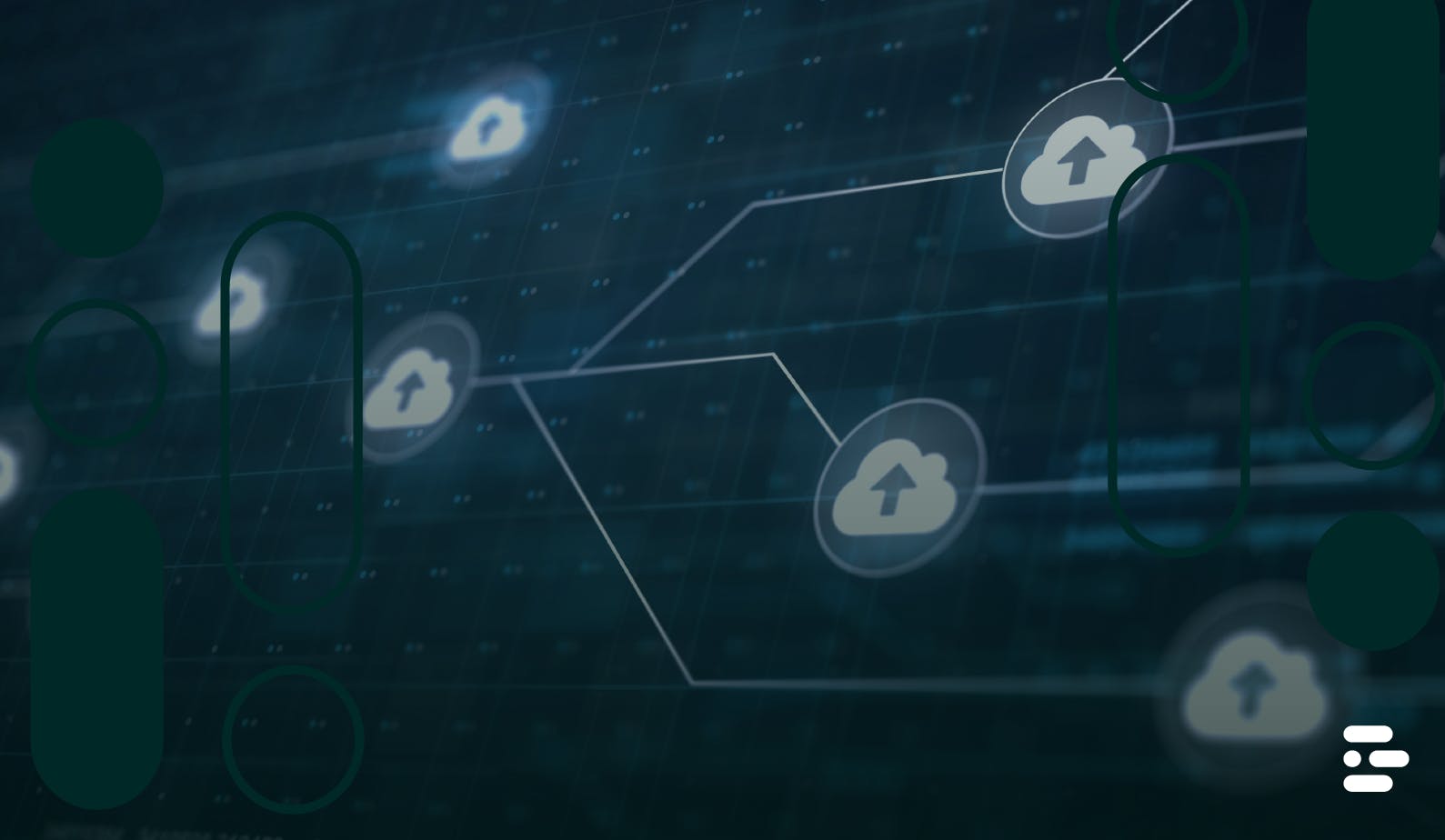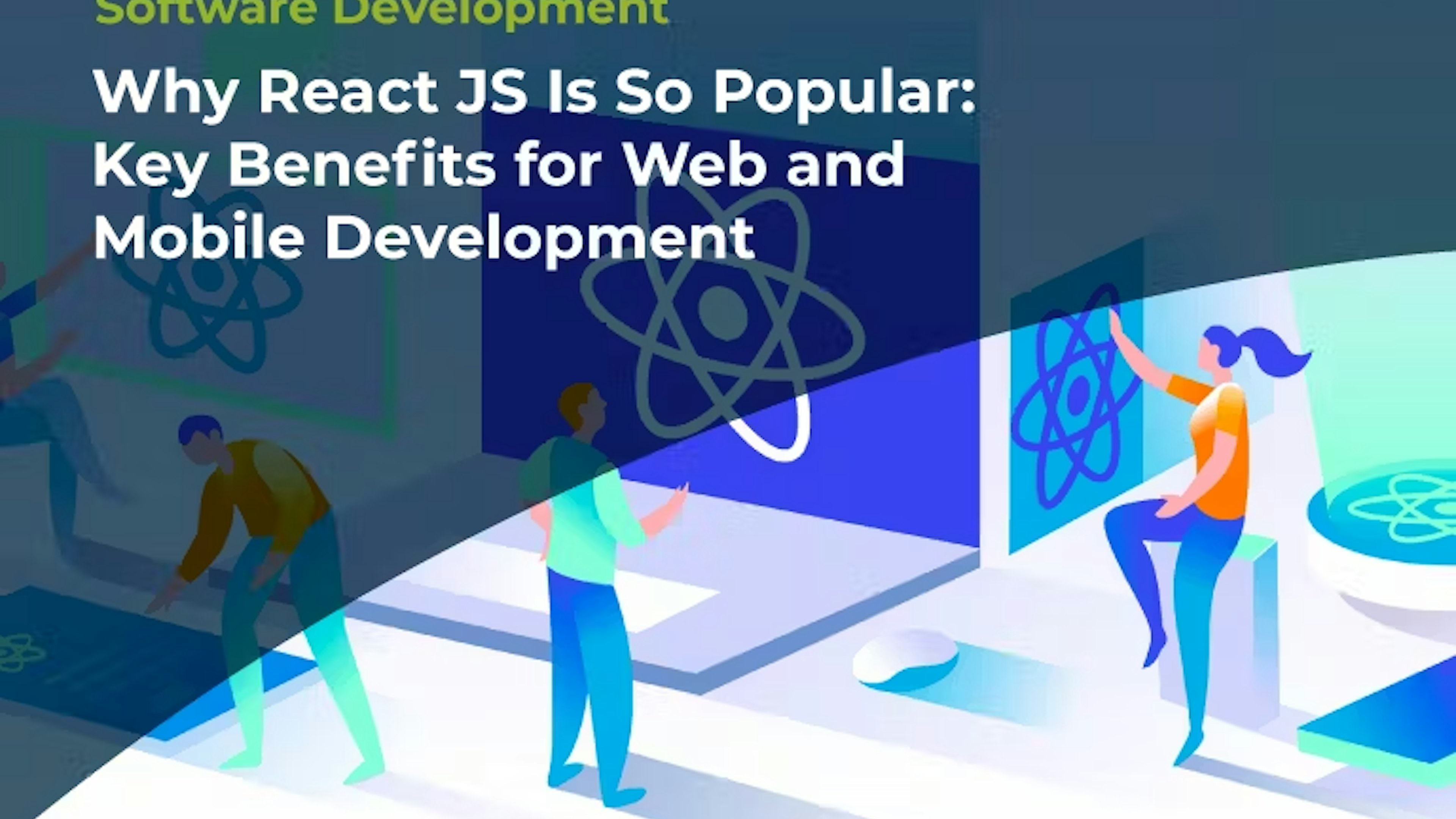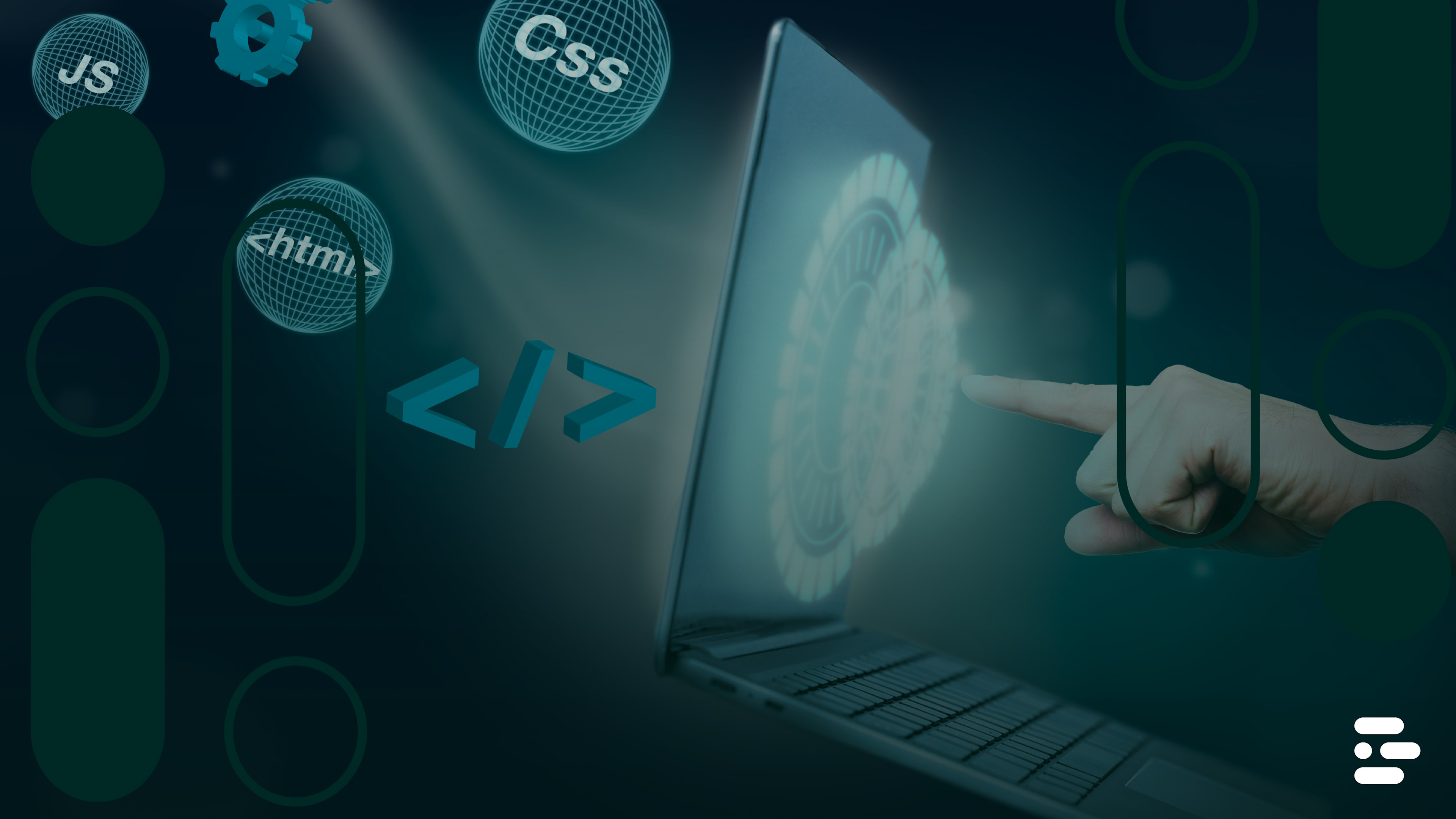What Nobody Tells You About Migrating Legacy Systems to the Cloud


Transitioning legacy systems to the cloud is often portrayed as a necessary step for modernizing operations, but the process is far from straightforward. While cloud migration holds the promise of scalability, cost savings, and enhanced efficiency, hidden challenges and risks can make the endeavor more difficult than expected.
Understanding what’s lying below the surface of cloud migration is crucial to ensuring a smooth transition. This blog highlights the lesser-known pitfalls and provides actionable strategies to manage risks and optimize your migration plan.
If you're concerned about downtime and disruptions to critical business operations, keep reading—we'll show you how to migrate with confidence.
The Hidden Pitfalls of Cloud Migration
At first glance, moving legacy systems to the cloud seems like a simple solution to modernize IT infrastructure. However, beneath the surface, several complications can arise.
1. Unforeseen Costs
While cloud providers often highlight cost savings, hidden expenses can quickly add up during migration. These can include re-platforming costs, operational disruptions, and unforeseen fees for data transfers, storage, or integration services.
For example: Companies that choose a "lift-and-shift" approach often miss out on the full benefits of the cloud while incurring the costs of legacy system maintenance.
Conduct a thorough Total Cost of Ownership (TCO) analysis to identify both direct and indirect costs can be a good solution. Opt for reserved cloud instances and avoid over-allocating resources to minimize unnecessary expenses.
2. Integration Challenges
Legacy systems often rely on proprietary technologies or custom-built integrations that don’t seamlessly connect to cloud platforms. This is particularly problematic in businesses with complex workflows or critical integrations with third-party software.
Example: On-premises messaging queues (e.g., MSMQ) may not align with modern cloud-native message brokers like Amazon SQS or Azure Service Bus.
A good solution can be employ a "messaging bridge" pattern during migration. Messaging bridges act as intermediaries, routing messages between on-premises and cloud systems to maintain operational continuity.
3. System Downtime and Business Continuity Risks
The fear of downtime during migration is valid. Sudden outages can impact revenue, disrupt employees, and erode trust with customers. Migrating mission-critical applications involves inherent risks that could trigger significant bottlenecks in operations.
The olution: Migrate incrementally to minimize interruptions. Start by transitioning peripheral systems or less critical applications and gradually incorporate core operations. Using cloud-ready tools like NServiceBus can ensure smooth communication between legacy and modern platforms while enabling a phased migration approach.
4. Skill Gaps Within Teams
Cloud platforms introduce new technologies and require teams to adapt to unfamiliar tools, services, and architectures. A lack of expertise in these areas can slow down the migration process and elevate security risks.
Invest in training programs to upskill your employees and onboard experienced cloud professionals can rise as the savor in your migration process. Cloud platforms like AWS, Azure, and Google Cloud also offer certification programs tailor-made for enterprises undergoing migration.
5. Security Vulnerabilities
Integrating legacy systems with cloud infrastructure can leave openings for cyberattacks. Fragmented data, outdated protocols, and newly introduced APIs can expand your attack surface.
We can suggest to conduct rigorous security assessments and implement robust end-to-end encryption. Employ regular penetration testing and ensure compliance with standards like ISO 27001 and GDPR.
Minimizing Downtime During Cloud Modernization
Downtime doesn’t have to be an inevitable part of cloud migration. By following a structured approach, you can mitigate risks while maintaining business continuity.
1. Start with a Pilot Migration
Identify non-critical systems or isolated applications that can serve as test cases. This allows your organization to measure results, address potential pitfalls, and refine the process before expanding to vital applications.
2. Leverage Hybrid Cloud Architectures
A hybrid cloud environment enables a phased migration by running legacy systems on-premises alongside cloud-hosted applications. This ensures that mission-critical operations remain unaffected during migration.
Example: Use a messaging bridge to allow communication between on-premises databases and cloud-based applications without disrupting workflows.
3. Use Automation and Monitoring Tools
Cloud providers offer automation tools that streamline migration, reduce manual intervention, and minimize human errors. Real-time monitoring systems like Amazon CloudWatch or Azure Monitor provide visibility into performance during the migration process, enabling quick remediation of issues.
4. Create a Disaster Recovery Plan
Ensure you have a solid backup strategy and recovery plan in place. Employ tools like snapshots and versioning to keep a copy of your current environment. This enables you to roll back to a previous state in case something goes wrong.
Success Story Highlight
Consider the fictitious airline “ParticulAir.” Facing the need to modernize its legacy system and launch a new mobile app, the company used a messaging bridge to integrate its on-premises system with cloud-native services. This allowed them to gradually migrate components while avoiding a full system rewrite.
By taking small, manageable steps, ParticulAir reduced risk, preserved system functionality, and successfully delivered their mobile app without disrupting business operations.
Key Takeaways
Migrating legacy systems to the cloud is no longer a question of "if" but "when." However, without a clear roadmap, the process can lead to unforeseen costs, operational risks, and delays. By minimizing downtime, leveraging tools such as messaging bridges, and adopting a phased approach, organizations can transition with confidence.
Actionable Next Steps:
- Assess your existing infrastructure and perform a TCO analysis before starting your migration.
- Consider hybrid solutions, messaging bridges, and incremental migration strategies to reduce disruption.
- Invest in training your team and partnering with cloud experts to fill any knowledge gaps.
- Prioritize security by conducting regular audits and implementing strict access controls.
- Test and refine regularly to adapt to new challenges and opportunities throughout your migration.
Cloud adoption isn’t just about cutting costs or scaling up operations; it’s about creating a resilient, future-ready organization. Read more about how at Devsu we are leveraging cloud modernization and go-to market with strategic partners like google Cloud to our clients.
Subscribe to our newsletter
Stay informed with the latest insights and trends in the industry
You may also like


